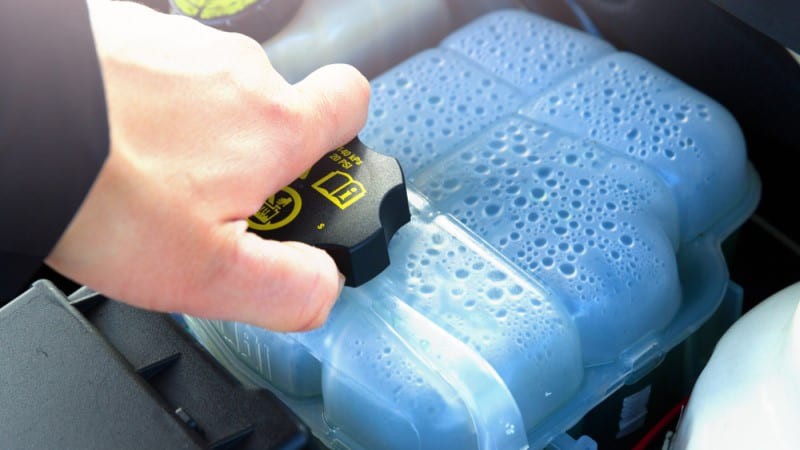
What Causes Bubbles in the Coolant Reservoir?
To keep the engine operating efficiently, vehicles use either a liquid or an air-cooling system. The liquid cooling system, on the other hand, is used in the majority of vehicles. This system is based on a network of pipes that transport coolant to the engine.
This coolant is held in a rubber tank known as the coolant reservoir, and it is distributed to engine components from there.
However, the coolant reservoir may begin to boil at some time, and you may be perplexed as to why. For various reasons, bubbles in a coolant reservoir maybe for different reasons. While some may not necessitate urgent action, some will necessitate looking online for a car service near me and speaking with a qualified car mechanic to establish the issue.
What causes coolant reservoir bubbles?
In the coolant reservoir, air generates bubbles. How? Many car cooling systems are pressurised and have a sealed hose system to allow coolant to circulate around the engine. When air enters this closed system, it creates air pockets. The air pocket obstructs the flow of liquid, causing the temperature to increase and the coolant to boil inside the reservoir.
Reservoir bubbles can be dangerous, but they're also not always anything to be concerned about. As a result of various acts, air will naturally enter the cooling system. In other circumstances, the presence of air in the cooling system may indicate the presence of a malfunctioning component that must be repaired. It is recommended that when completing a full car service, you also book for a coolant flush to avoid an overheating engine in the future. Let's take a look at them one by one:
1. Air Pockets
Air pockets are trapped in the cooling system when coolant is drained and replaced. As the vehicle warms up, the air pockets expand and are forced into the coolant reservoir. Because the expanding air pockets collapse when the engine cools, coolant is pulled from the reservoir to replace the air. As a result, the bubbles appear. This is a common occurrence, but it may be prevented.
2. Faulty Radiator Cap
The radiator cap acts as a pressure seal, allowing coolant to flow into the expansion tank while maintaining high pressure in the cooling system. When this cap breaks or is replaced with an incompatible one, air enters the cooling system, causing the coolant reservoir to boiling. After driving for a long time, you will see bubbles in the coolant reservoir, which indicates that the bubbling is caused by a faulty radiator cap.
3. Faulty Thermostat
A malfunctioning car thermostat controls the flow of coolant into and out of the radiator. The thermostat must open and close at particular times in this case. It should open to let the hot coolant from the engine escape and cool in the radiator. Then stay near to the car as the engine heats the coolant to start it. When a thermostat malfunctions, it fails to open and close at the proper times. As a result of the unregulated airflow, it generates a bubble effect in the coolant reservoir or radiator.
4. Head gasket that is leaking or blown
The most common cause of bubbles in the coolant tank is a worn or blown head gasket. When the head gasket fails, combustion gases from any cylinder leak into the water jacket, forcing air into the cooling system through the cylinder head. The presence of bubbling soon after starting the engine is a simple method to determine whether the bubbling is caused by a faulty gasket.
5. Faulty heater control valve or hose
The heater control allows hot coolant to enter the heater's core, keeping the passenger compartment warm. When the heater's valve fails or the hose connection to the heater becomes loose, air enters the cooling system, causing the coolant to boil in the reservoir.
6. Coolant reservoir hose that leaks
At all times, the connection that links the radiator to the coolant reservoir must be leak-free and tight. Air seeps into the radiator pipe if it is damaged or worn, causing the coolant tank to boil.
7. Faulty Water Pump
A faulty water pump circulates antifreeze or coolant via the radiator's cooling tubes, where it cools and goes to the engine components via the engine pathways and pipes. When a water pump malfunctions, air enters the pump input. The trapped air causes bubbling when it reaches the radiator intake or coolant valve.
8. Rust, Corrode and Contamination
The radiator, like other metal components, can rust over time. Furthermore, if a radiator is not cleansed and supplied with the proper coolant on a regular basis, it will collect pollutants. Rust, filth, and other debris can clog the radiator's tubes, causing the thermostat and water pump to malfunction.